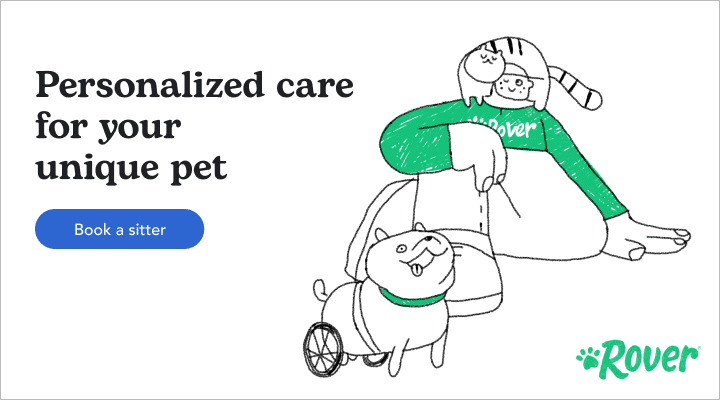Do you ever get the feeling your dog has the blues? Dog emotions can be hard to read because our pets can’t use words to explain how they feel. However, most of us have a sense of our dogs’ moods. We read their body language and behavior, and can tell when they’re not feeling their best.
Dog sadness is real, but it’s not the same as human sadness. Read on to learn all about how dogs experience sadness.
How to tell if your dog is sad
It’s well-established by now that dogs experience emotions. In fact, according to neuroscientist Gregory Berns, “they have feelings very much like we do, even though they don’t have words to describe them.” In other words, dogs do get sad, they just aren’t able to tell us about it.
So how can you tell if your dog is sad? Dogs don’t cry, but they do have other physical responses to feeling unhappy. Here are some physical signs your dog might be sad:
- Vocalizations like whines or whimpers
- Mopey behavior around things they typically enjoy
- Lowered energy
- Refusing food or treats
- Eyes appear squinty or smaller than usual
- A change in sleep patterns or behavior
It’s important to note that the above symptoms also might indicate a medical issue. If your dog’s behavior or energy level changes, your first step should be to call the vet.
How dog sadness differs from human sadness
Dog emotions are real, but they’re far less nuanced than our human emotions. As Dr. Berns told National Geographic, “Dog brains are not the same as humans. One big difference is in the size. A dog brain is about the size of a lemon, at best…There’s not the same real estate in there, so they can’t do some things we can do.”
It’s impossible to know exactly what goes on inside your dog’s head. But it’s safe to assume their experience of sadness is less nuanced than your own. Humans have deeper, more complex emotional and psychological experiences. Dogs, on the other hand, react to their immediate surroundings and experiences.
When your dog is sad, they’re likely responding to a change in their routine or environment. Dog sadness can also be caused by a negative experience that caused sadness-adjacent emotions like anxiety or shyness.
What to do if your dog is sad
The good news is, dog sadness usually doesn’t last long! Some scientists believe dogs can experience grief, and even depression. If your dog seems unusually unhappy, or their behavior changes significantly, start with a check-up at the vet. However, for most dogs, sadness is short-lived.
If your dog has a temporary case of the blues, you can comfort them and help change their mood by doing something positive together. For example:
- Play with a favorite toy
- Go for a brisk walk
- Set up a doggy playdate with another canine friend
- Go for a ride in the car
- Offer a special treat
Most importantly, if your dog seems sad, try not to project your human emotions onto them. You can respect and respond to your dog’s emotional needs without assuming they feel sadness the same way you do. You know how your dog makes you feel better, even when you’re having a bad day? If your dog is sad, you can support them in the same way. Spend positive time together, and their mood will shift soon.



